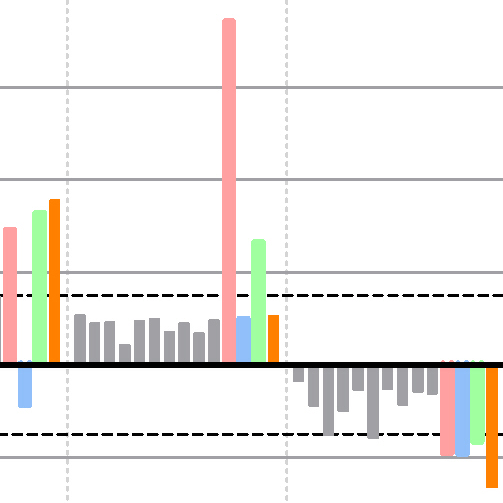Detection and profiling of diarrheic marine biotoxins in shellfish by mRNA analysis of exposed Caco-2 cells using qRT-PCR and multiplex magnetic bead-based assays
Main Article Content
Abstract
The mouse bioassay for the detection of marine biotoxins in shellfish products is 40 years old and still in use. A full ban or total replacement of this in vivo test has been postponed because of the fear that current chemical-based detection methods could miss a new emerging toxin. In order to fully replace the mouse bioassay, more efforts are needed in the search for functional assays with specific endpoints. Gene expression elicited by diarrheic shellfish poisons (DSP) in Caco-2 cells allowed us to determine three “DSP profiles”, i.e., OA/DTX, AZA-YTX, and PTX profiles. Twelve marker genes were selected to represent the three profiles. qRT-PCR is relatively cheap and easy, and although its multiplex capacity is limited to 5 genes, this was sufficient to show the three expected profiles. The use of the multiplex magnetic bead-based assay was an even better alternative, allowing the detection of all 12 selected marker genes and 2 reference genes, and resulting in clear profiles with for some genes even higher induction factors than obtained by qRT-PCR. When analyzing blank and contaminated shellfish samples with the multiplex magnetic bead-based assay, the contaminated samples could easily be distinguished from the blank samples, and showed the expected profiles. This work is one step further towards the final replacement of the mouse bioassay. We suggest to combine the neuro-2a bioassay for screening with detection by analytical chemical analyses and with the multiplex magnetic bead-based assay for confirmation of known and unknown toxins.
Article Details
Articles are distributed under the terms of the Creative Commons Attribution 4.0 International license (http://creativecommons.org/licenses/by/4.0/), which permits unrestricted use, distribution and reproduction in any medium, provided the original work is appropriately cited (CC-BY). Copyright on any article in ALTEX is retained by the author(s).


